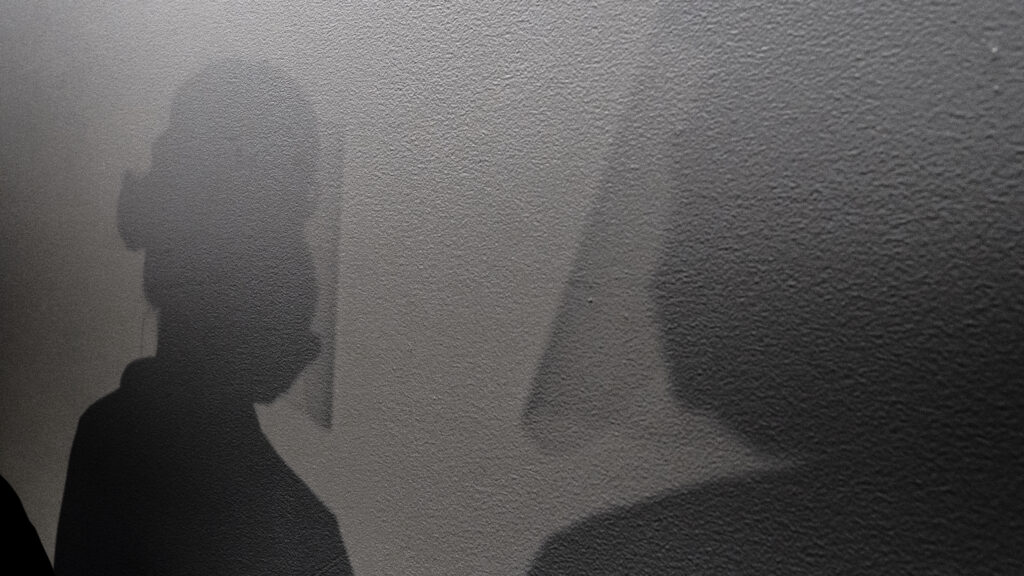Jobs in health care are known to be challenging for workers’ mental health. But the mental health toll can be especially burdensome for registered nurses, health technicians, and health care support workers, who are at a higher risk of suicide compared to the general population, according to a study published on Tuesday in the Journal of the American Medical Association that looked at a nationally representative cohort of about 1.84 million employed people (both within the health care field and outside) observed from 2008 to 2019.
While other research has examined the incidence of mental health issues and suicide risk among physicians, the same isn’t necessarily true of other health care professions.
“This is the first study to really look across all of the health care workers,” said Mark Olfson, a professor of psychiatry at Columbia University and the paper’s lead author. The study compared the suicide risk of registered nurses, health technicians, health care support workers such as nursing and home health aides, and social/behavioral health workers, as well as physicians, with people not working in health care.
“What it is about health care work that’s contributing to the [suicide] risk, we don’t know,” said Olfson.“But we do know from this study that if you control for the level of education and you control for income, you still see that health care support workers are almost twice as likely to die of suicide.”
Health care work can be harder on non-physicians
While further research is also required to understand why certain professions within health care work carry a higher suicide risk, said Olfson, some clues may be found in the nature of these jobs. They are often repetitive and less remunerative than physician roles, with fewer opportunities for career progression. Being in a lower hierarchical position in a high-stress health care environment could carry additional stress, he said.
Compared to the suicide rate of 12.6 per 100,000 people for those who are not health workers, health care support workers had a risk of 21 per 100,000, nurses of 16 per 100,000, and health technicians of 15.6 per 100,000.
Physicians, on the other hand, were not found to be at higher risk of suicide compared to non-health care workers (13.1 per 100,000), although Olfson cautions that this should not be taken as reason to underestimate the stress doctors are subjected to. Rather, it may be an indicator that increased awareness of physicians’ mental health challenges has led to more resources aimed at helping them cope.
A higher suicide risk among women in health care
The study also found that men had an overall higher risk of suicide, but that risk remained essentially unvaried between health care workers and the rest of the population. Female health care workers, however, had a significantly higher risk of suicide — about 50% higher than the baseline reference.
The results suggest that even in a predominantly female workforce — 70% of health care workers are women — the psychological burden of health care work falls more heavily on women. “There’s something about the gender roles and occupational experiences of women as health care workers that’s putting them at risk of suicide in a way that is not putting the men so much at risk,” said Olfson.
On this topic, too, Olfson called for further research to understand contributing factors — in particular since so much research on suicide focuses on men, who are at higher risk of suicide overall. The study’s authors also note several limitations to their research, including the fact that the data only goes through 2019 and therefore does not include the impact of the Covid-19 pandemic, and that suicide deaths among health care workers may be prone to underreporting.
Overall, the study is to be considered primarily a first look at the suicide risk in health care workers beyond physicians. Understanding the specific risk in each role, as well as developing solutions, requires dedicated —and crucially, more expensive — granular studies. “[The] data that this study focused on are fairly crude in the sense that we just have people’s occupations, so we don’t know what their actual roles … what their hours are, whether they’re shift workers, whether they’re working at night,” said Olfson. These are details that require more detailed studies to follow up on, he said, but studies like this one help highlight the need for further investment in research.
If you or someone you know may be considering suicide, contact the 988 Suicide & Crisis Lifeline: call or text 988 or chat 988lifeline.org. For TTY users: Use your preferred relay service or dial 711 then 988.


